Juliette van Dormael on lighting Through the Night
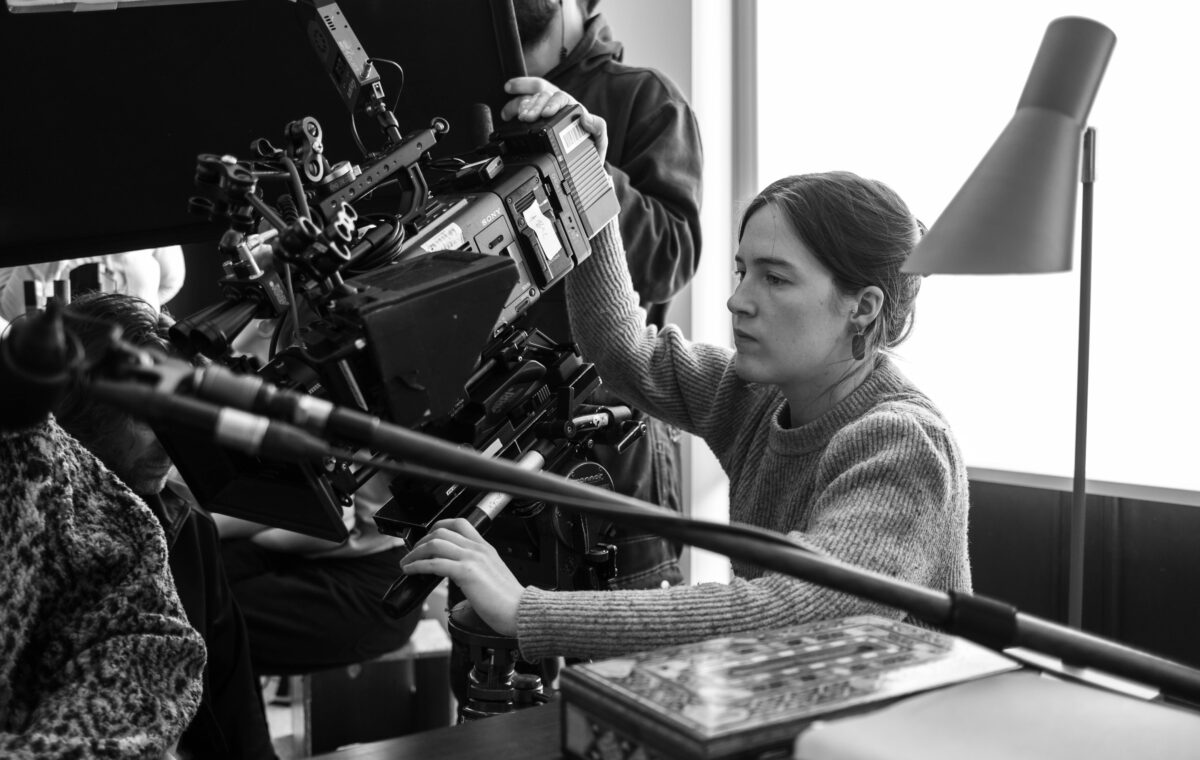
Originally conceived as a short film, Delphine Girard’s Through the Night continues the story of Anna, the emergency responder as she receives the call of a woman in danger. Beautifully captured by DP Juliette van Dormael, Through the Night had it’s premiere at the Giornate degli Autori program at the 80th Venice International Film Festival.
Van Dormael studied at INSAS in Brussels before working on a number of short films as DP and features as a camera assistant. “I already knew the director Harry Cleven very well when he proposed I do the cinematography of my first feature Angel in 2016,” begins Van Dormael. “It was a year after I finished film school at INSAS. Then I also continued working as a camera assistant on features. Angel won Best first film Cinematography prize at Camerimage. So, from there I had more propositions to shoot features. I still shoot short films and last year I shot Ann-Julie Vervaeke’s Een Mild Gebaar, which was at Ostend Film Festival this year. I have to really feel it’s aninteresting project for me as well as a connection with the director about cinematography. I also work on some theatre shows, including Sylvia by Fabrice Murgia, Cold Blood and Kiss & Cry by Michele Anne de Mey and Jaco Van Dormael as a camerawoman. It’s a different approach of my job that I enjoy too.”
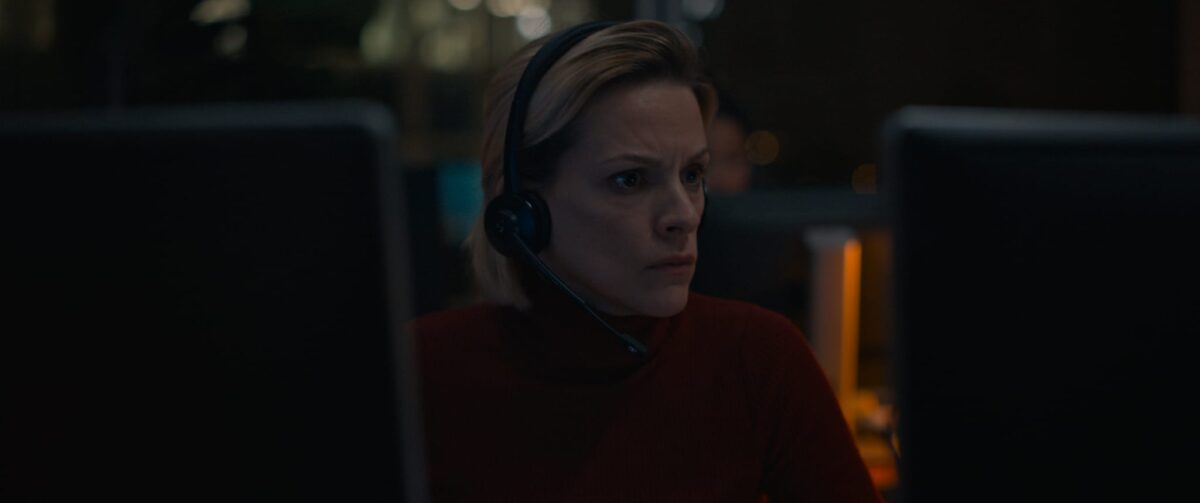
Van Dormael first met director Delphine Girard at INSAS. “I was just one year up from her. We met there and became friends before our collaboration. I didn’t work on her end of film school short film, Monster, but I really loved it,” says Van Dormael. “After school she made another short film, which was called Caverne and produced by Versus. Thatwas our first collaboration together and we met on this film as a team. It went really welland it was great to work with her. She has her own way of seeing things and how she wants it to be on set for the actors and the crew to work together. Afterwards, I made her short film A Sister, which is actually the opening scene of Through the Night. All ofthe first part in the car until the police arrive to help her and until the end of the police call, was actually a short film. We made A Sister first and it had a beautiful impact. It went to the Oscars and was nominated for Best Live Action Short Film. Then, Delphine felt that she wanted to tell the rest of this story. The short is a bit more like a thriller, it’s a different rhythm from the rest of the film. The rest of the film is slower and more conversational, about everyday life. Delphine wanted to make it feel that after an event like that you have to go back to your life, it takes a very long time before a judgment (if there is one…) and it is very hard.”
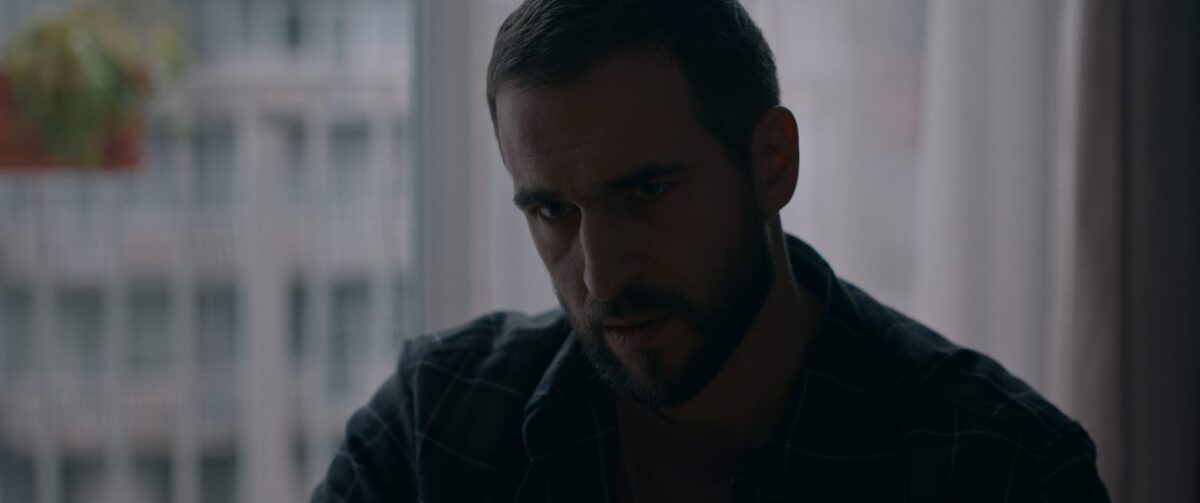
When it came to their initial conversations about the look of Through the Night, Girard explained that she wanted to continue with the story of A Sister. “Delphine told me that she was writing the continuity and she wanted to work together again. She wanted the same crew and actors to tell the rest of that story. We began working on the shot list together quite soon after her script was finished. We took our time for meetings to speak about what we wanted. We spoke about the sensations of the film and as we are good friends it was nice because we could just go for coffee and talk about the film. Delphine and I, along with the set designer, Eve Martin and costume designer, Oriol Nogues went to Paris to meet with the colour grader Fabien Pascal. We already knew Fabien well causewe had work together on her two short films, and we wanted this collaboration to continue. We had a conversation early all together about colours, the sets and the colours of the costumes, the materials – the kind of tissues to use etc. We had a big conversation, the five of us about those things and we all watched some references in the colour grading room. We had also made some optic tests. We tested different optics and filters. We watched all the tests together and decided to use Zeiss Supremes. We didn’t filter in the end. We did lots of tests with the actors and so we knew the colours that interested us, such as blue for Aly’s apartment and lots of green in the costumes.”

Van Dormael and Girard also looked at some references beforehand. “We discussed ideas, watched films and also spoke about the look of the film and we showed each other film references, pictures… We watched some Xavier Dolan films, especially Matthias and Maxime. His universe was a reference. How he works with colours was inspiring for us. Also, we watched some of Denis Villeneuve’s films. In terms of pictures, the references were more about framing. There wasn’t one big influence, it was more looking at certain things that inspired us.”
The duration of the shoot lasted for around 30 days. “For Through The Night, it was really important for Delphine that we shot chronologically as much as possible from the script,” notes Van Dormael. “It was challenging for me because sometimes we would leave a set and comeback a few weeks after.”
Van Dormael captured the film using the Sony Venice, due to its ability to shoot in small spaces and a few of the sequences required access to confined spaces. The car sequences were particularly challenging for Van Dormael to capture. “Not just technically, but emotionally,” adds Van Dormael. “We had to be able to move and we had a whole set of lights outside that could be directed from another car by the gaffer. We did light movements to have a sensation of movement. We were shooting on countryside roads most of the time. If you put nothing, it’s just all black for the camera so we had to create something that felt it’s dark but wasn’t actually. We made lots of gripping stuff to put everything on the top of the car.”
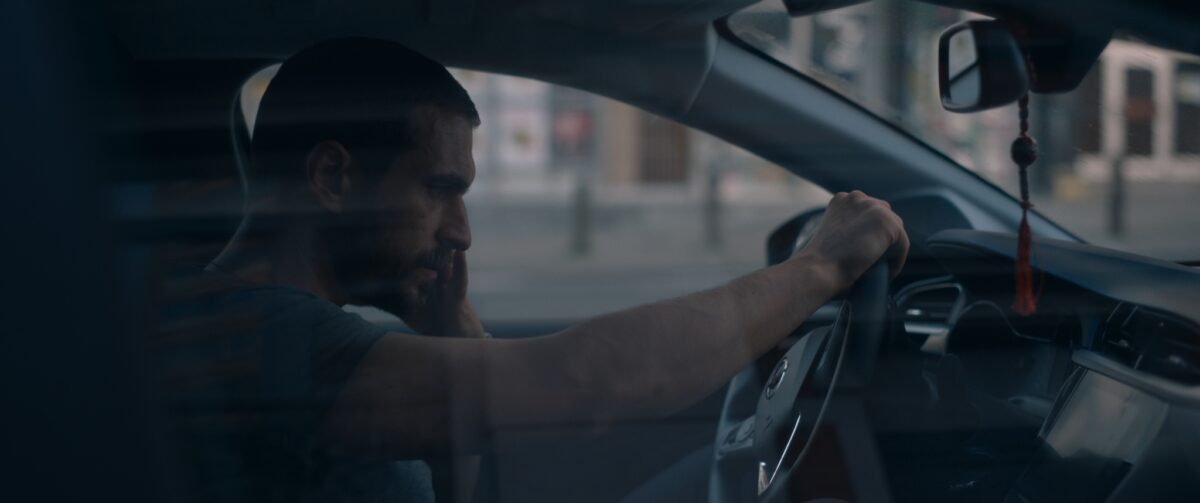
“A lot of the sets were natural sets, so it wasn’t always easy to light,” Van Dormaelcontinues. “Most of the sets were real locations, such as the call centre, which was a real call centre. We decorated, but we had to change all of the lights on the ceiling. We could create different ambience, thanks to the easy and fast control with iPad. Aly’s apartment was a tricky one for light because it was very high up in the Albert tower. It was complicated to light for me, but we managed.”
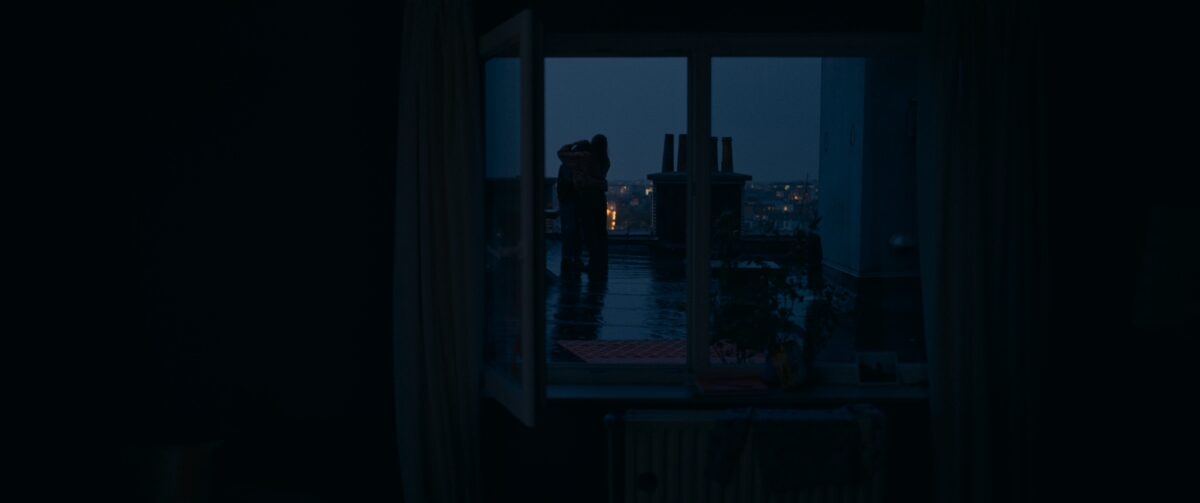
“Delphine has her own vision and it’s really nice to work with her because she really had a lot of ideas about how she wanted the film to be and how it should look. She listens to the collaborators and it is really good teamwork,” concludes Van Dormael. “It was also the first time for me, having that real collaboration beforehand with the production designer and costume designer and having conversations with them in the colour grading room. Delphine has this talent to make everyone involved and I enjoyed working with a team so involved in the project. I also think the subject is very strong and important. It was a very sensitive subject, but that really reinforced us. We had a good time working on the film and that helped getting through the hard subject.”
By Oliver Webb
